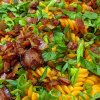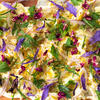

Everything You Need to Know About Making, Baking & Freezing Pies…

Q&A with Organizational Pro Peter Walsh + Dermatologist Shares A…

Actor Hank Azaria + Freezer Meals + Artichokes 2 Ways with Rach

See Inside Barbara Corcoran's Stunning NY Apartment + It's Steak…
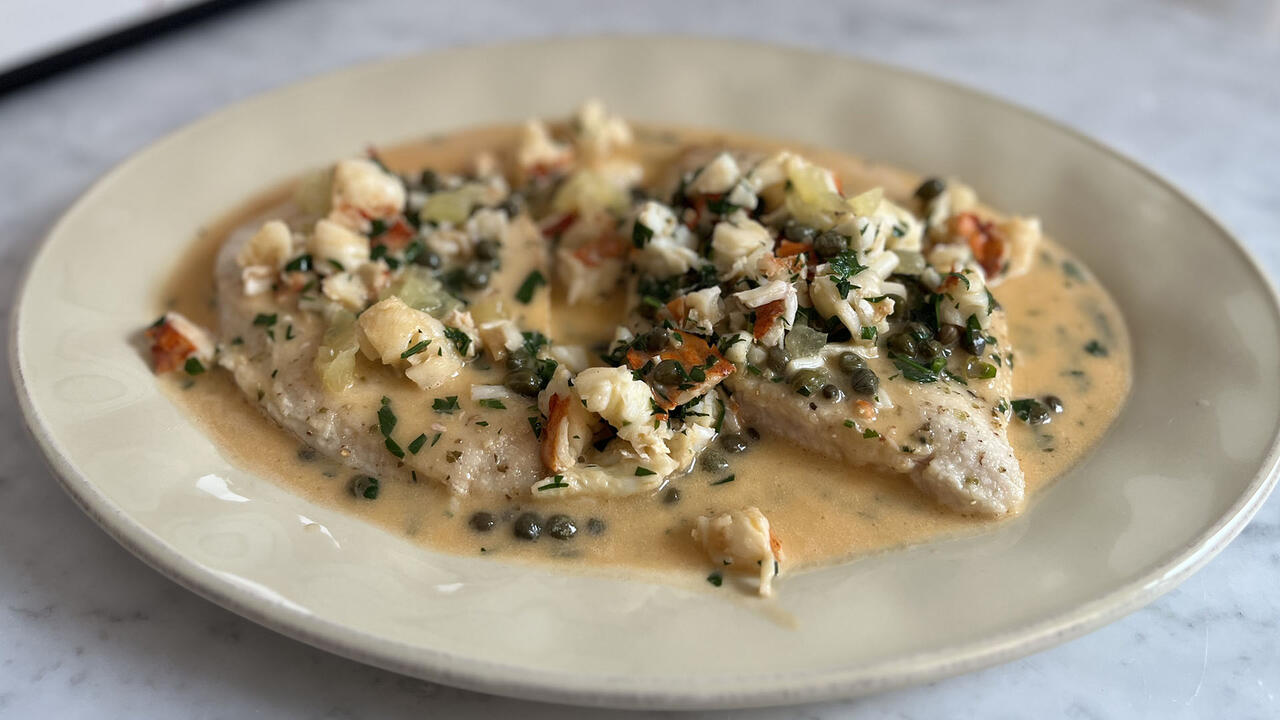
How to Make Chicken and Lobster Piccata | Richard Blais

Donnie Wahlberg Spills Details About NKOTB's First Ever Conventi…

Donnie Wahlberg + Jenny McCarthy Say Rach Is Such a "Joy" + Look…

The Best Moments From 17 Seasons of the Show Will Make You Laugh…
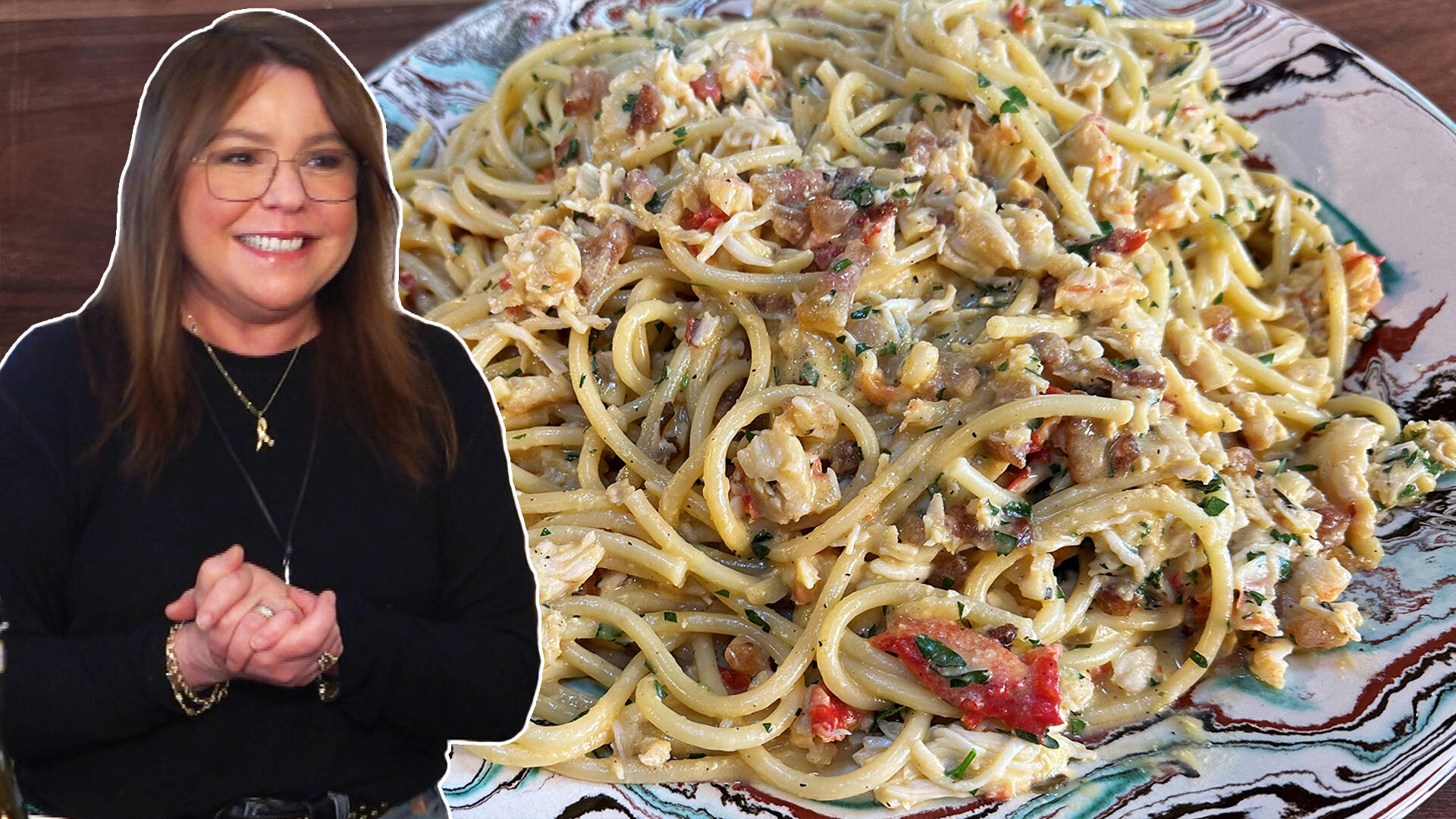
How to Make Crabby Carbonara | Rachael Ray
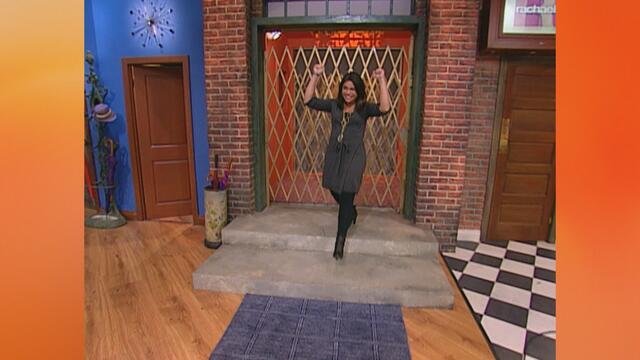
Rach Chats "Firsts" In Flashback From Our First Episode Ever In …

Rach's Chef Pals Say Goodbye to Show in Surprise Video Message
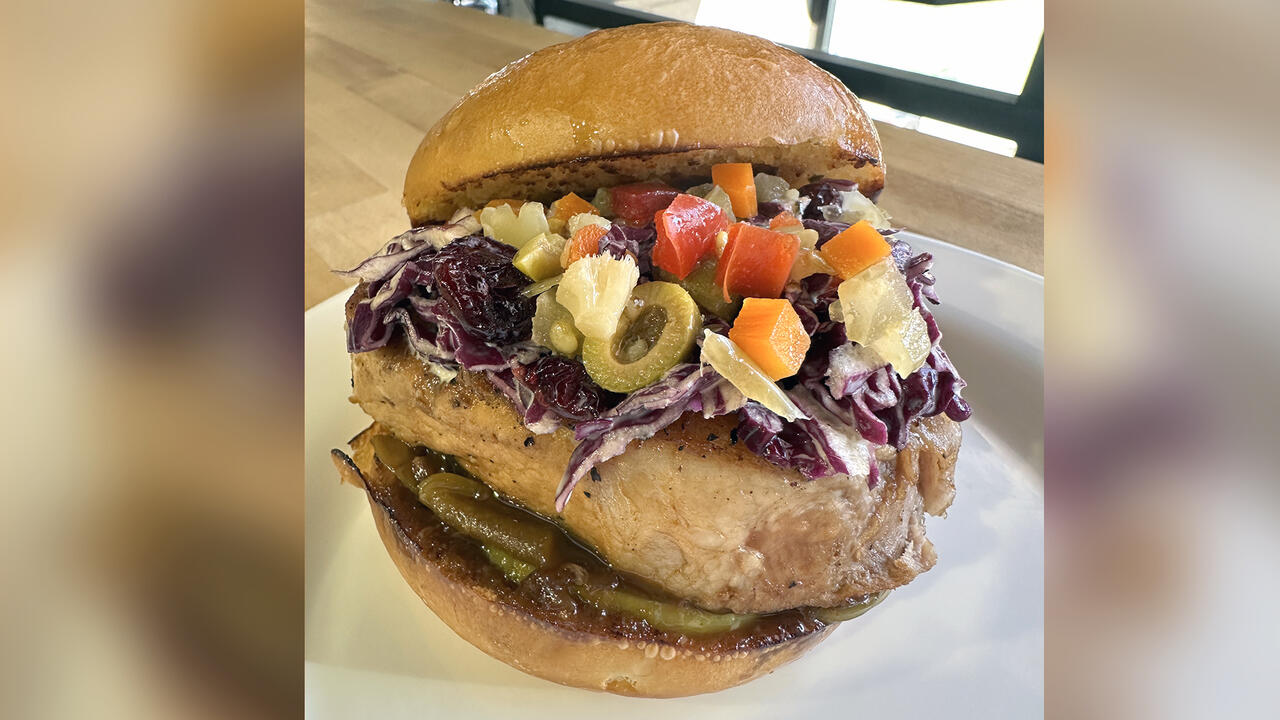
How to Make Apple-Cider Braised Pork Chop Sandwiches with Onion …
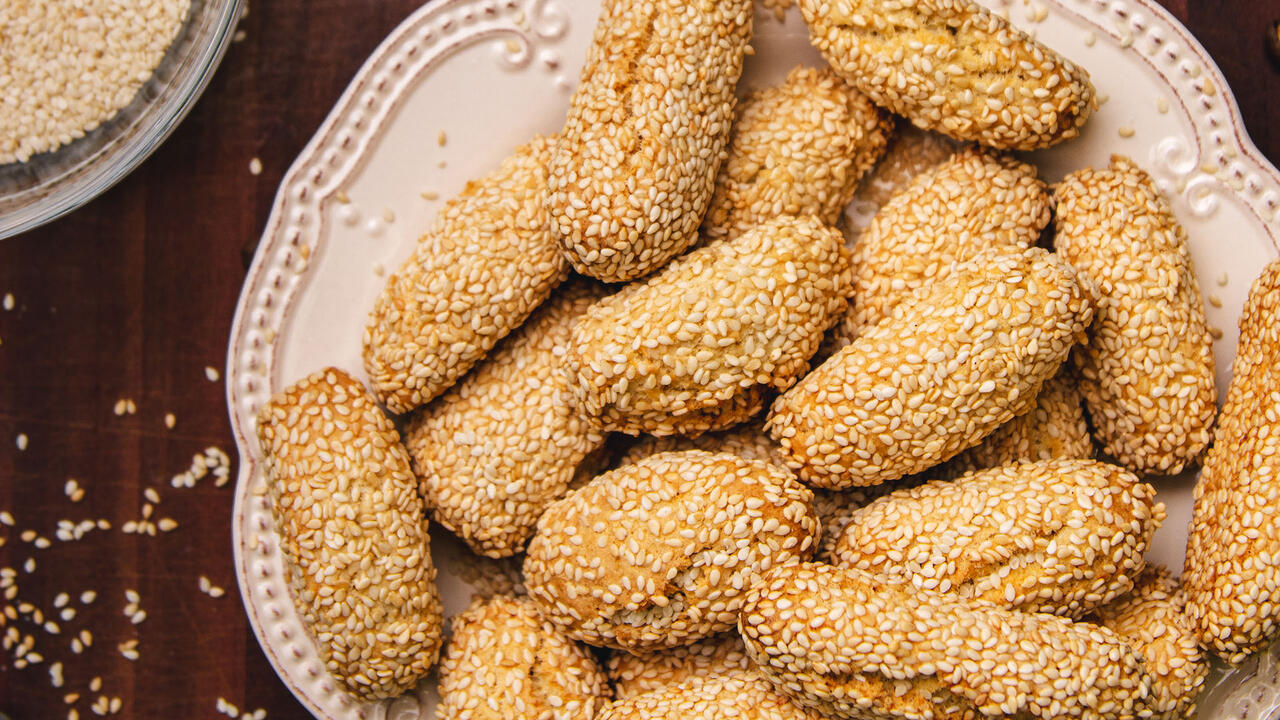
How to Make Sesame Cookies | Buddy Valastro
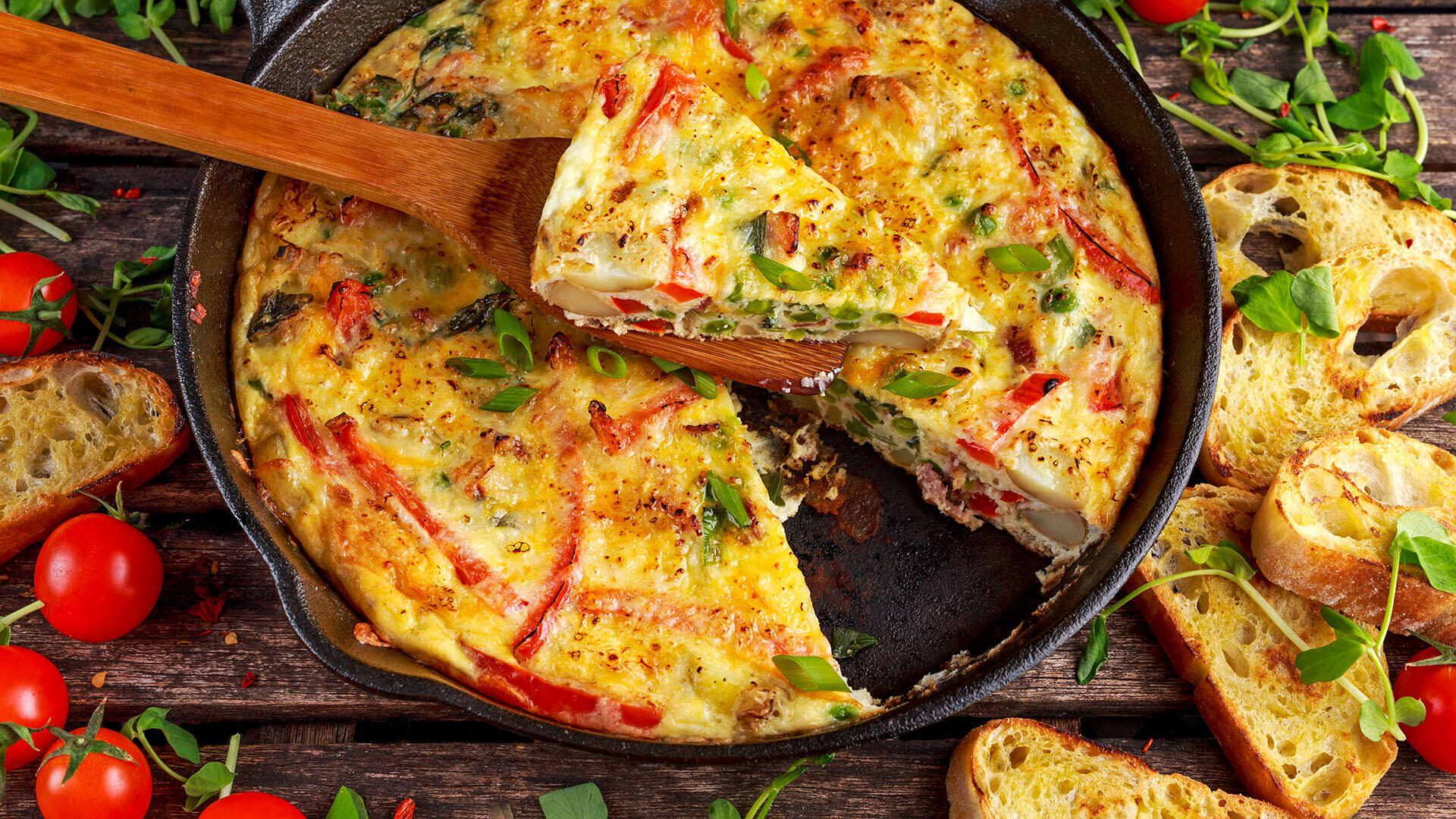
How to Make Tortilla with Potatoes, Piquillo Peppers and Mancheg…
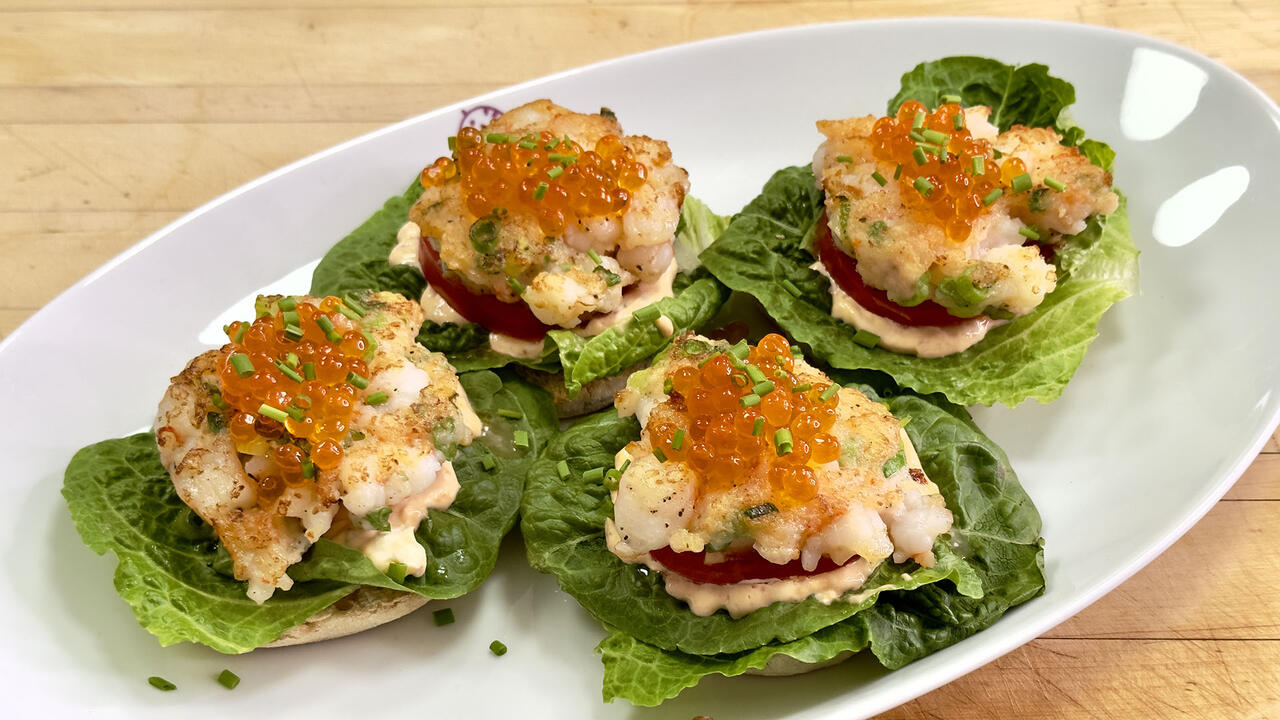
How to Make Shrimp Burgers | Jacques Pepin
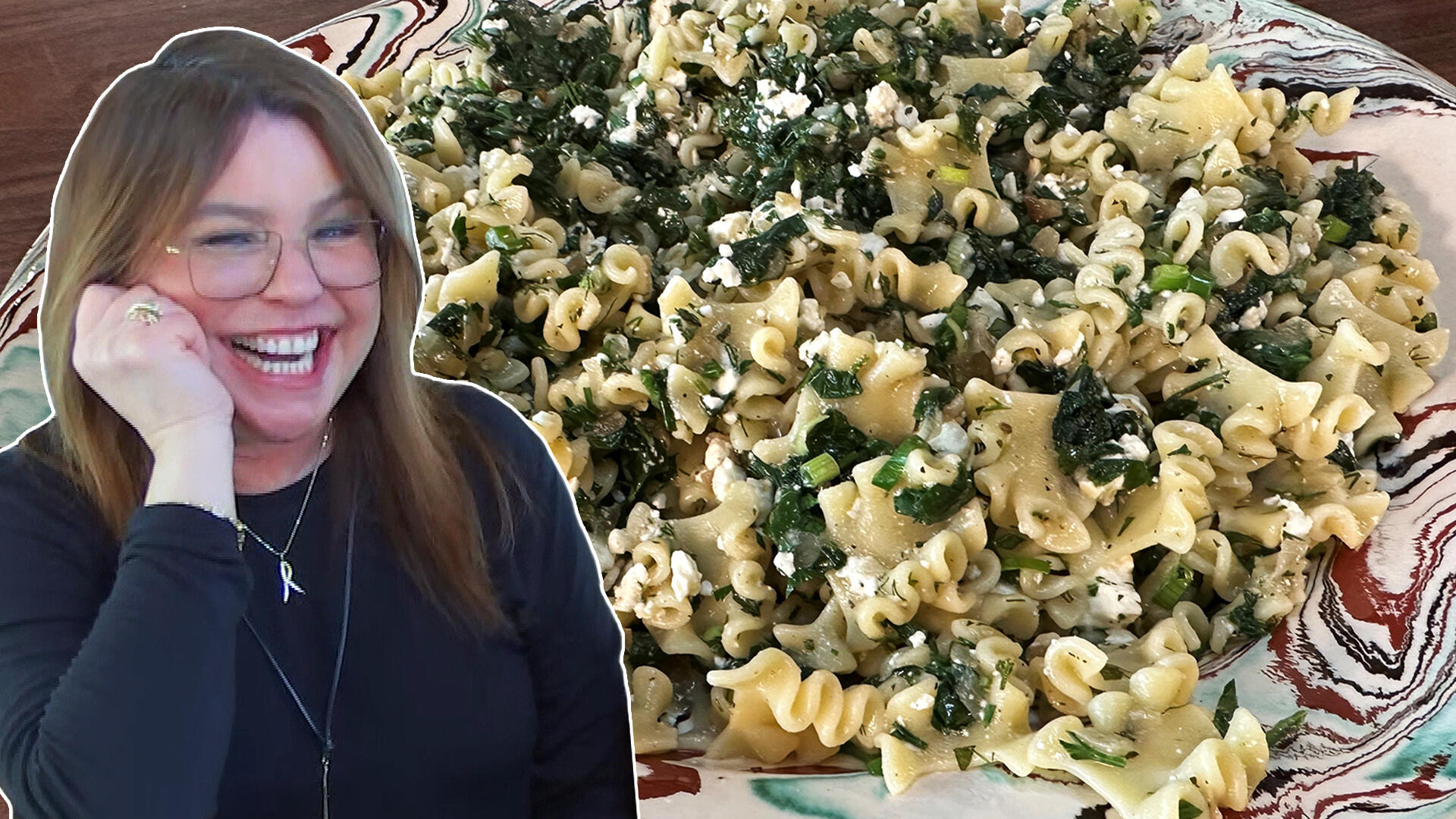
How to Make Spanakopipasta | Rachael Ray

Celebrity Guests Send Farewell Messages After 17 Seasons of the …

Andrew McCarthy Chokes Up Discussing Emotional Trip to Spain wit…

Celebrity Guests Send Farewell Messages After 17 Seasons of the …

Andrew McCarthy Teases Upcoming "Brat Pack" Reunion Special

Michelle Obama Toasts Rach's 17 Years on the Air With a Heartfel…
As Rachael says, if there's one thing we can be thankful for this Thanksgiving (like every Thanksgiving!), it's the true gift of dessert.
And of course, for Thanksgiving, there's only one dessert that truly matters: pie!
Which is precisely why we invited Erin Jeanne McDowell, the woman who wrote the book on pie — seriously, it's called The Book on Pie — to show us her Caramel Apple Pie recipe and share some of her favorite tips and tricks for crafting the perfect pie.
Here's what she taught us along the way.
(And FYI: These tips will work great for Grant's Thanksgiving Hand Pies, too!)
1. Roll Out Pie Dough On a Cool Surface — Like Chilled Marble Or Stone
There are a few keys to rolling out dough, but, as with most baking, it also just takes a bit of practice. I usually roll out flaky pie doughs directly on a work surface—a chilled marble or stone surface if possible because the dough will stay cooler—rather than on or between sheets of parchment.
2. Use Only Just Enough Flour For Dusting
Lightly dust your work surface with flour. I use about a handful of flour to dust the surface and the dough, and I often don't need to use any more during rolling. Use just enough flour to prevent the dough from sticking, as using too much can make the dough tough or dry.
3. Roll Pie Dough GENTLY From The Center
Begin to roll out the dough, positioning the rolling pin in the center of the dough, then applying gentle pressure and pressing it away from you. Return the pin to the center and do the same, this time bringing the pin towards you. Although this method may feel a bit awkward at first, it's useful for learning how to apply gentle, even pressure to the dough rather than just pressing down while rolling the pin back and forth, which can often make the crust too thin at the edges and thicker in the center.
4. To Keep Dough From Sticking, Rotate It Frequently As You Roll It Out
Rotate the dough frequently as you work, or even flip it over. That will help keep the dough from sticking and allow you to feel the thickness to determine if there are thicker areas you haven't hit evenly with your pin yet. As the dough round (or rectangle) gets bigger, use the pin to help you move it around—roll it up around the pin, then unfurl it in a slightly different spot, rather than focusing on the diameter of the rolled-out dough. Focus on the thickness. When the dough is rolled out evenly to the correct thickness (⅛ to ¼ inch), it should be the correct size. Of course, you can always use your pie pan as a guide while you roll, placing it lightly on top of the dough to help see when you're getting close.
5. Transfer Pie Dough To Pie Pan With Rolling Pin or Parchment Paper
When your dough is rolled out to the proper thickness, use the rolling pin (or parchment paper if you used it) to transfer the dough to the pie pan. To use the pin, place it at the end of the dough farthest from you, wrap the edges of the dough up around the pin, and roll the pin towards you, wrapping the dough around the pin. Position the far edge of the dough to the far edge of the pie plate and gently unfurl it into the plate. To use the parchment paper, lift the edges of the paper to carry the dough to the edges of your pie plate and, once you're hovering over it, flip the dough and gently peel away the parchment paper.
RELATED: Erin's Salted Caramel Sauce Recipe
6. Crimp Pie Crust With Both Hands
There are many ways to crimp a pie crust with your fingers as there are pie bakers. Some people use their knuckles more, while I tend to lean more on my fingertips. There's no one right way—do what feels natural for you. Most crimps require the use of both hands.
Rustic finger crimp: The wider apart you place your fingers, the more rustic the look will be; the tighter you place them together, the more detailed the final effect will be.
Classic finger crimp: Form a V-shape with the thumb and forefinger of your dominant hand and place them at the outer edge of the pie crust. Use the index finger of your non-dominant hand (or use your knuckle) to press down lightly and push outward toward the V-shape; press in slightly with the thumb and finger forming the V at the same time. Repeat all the way around the pie.
7. Parbake To Ensure Crust Will Be Fully Baked — Here's How
Parbaking refers to partially baking a bottom crust before filling it and continuing to bake it. It is usually done with single-crust pies to ensure that the crust will be fully baked (nice and crisp!) by the time the filling is done. Pie shells can be parbaked up to 24 hours in advance, because they will refresh and recrisp during their second trip to the oven.
For both parbaking and blind baking (fully baking the bottom crust), the initial preparation is the same: Dock the bottom of your crimped and well-chilled pie dough all over with a fork. For some doughs, particularly cookie-style doughs, docking is enough to prevent the crust from puffing up or sliding down the sides during baking. But for flakier doughs, you'll want to use pie weights. Cut a square of parchment paper that is slightly larger than the pie plate. Place it on top of the pie shell and fill with pie weights (make sure you use enough weights to come up to the inner rim of the pie plate). Your pie crust is now ready to bake. Return it to the refrigerator if you are not ready to bake it immediately.
When parbaking or blind-baking a crust, I usually place the pie plate directly on the rack, but you can always bake it on a parchment- or foil-lined baking sheet to catch any rogue butter drips. I also usually skip brushing the edges of parbaked or blind-baked crusts with egg wash, because they darken just the right amount with the multiple trips in and out of the oven. That said, if you want a shiny look to your crust, you can brush the edges with beaten egg white before baking.
Preheat the oven to 425˚F with the rack in the lower third of the oven and a baking steel or stone, if you like to use that. Place your docked/weighted crust on the rack and bake for 15 to 17 minutes, until the edges appear set and are just starting to lightly brown. Remove the crust from the oven and use the parchment paper to lift the weights out of the pie shell. Return the crust to the oven and bake until the bottom appears set, 2 to 3 minutes more. Let the crust cool completely.
At this point, you can apply the protective coating to the bottom crust, if desired. A few ideas include:
• a coating of beaten egg white or egg wash, which helps seal the crust
• a layer of grated firm cheese (like parmesan), which makes a protective barrier between crust and filling
• breadcrumbs or fine nut flours, which can soak up some of the excess juices from the filling
8. Parbake Double-Crust Pies If It's a Deep-Dish Pie With a Lot of Filling — Here's How
It is possible to parbake the bottom crust of a double-crust pies. It isn't the easiest technique, but it can be helpful when making double-crust deep-dish pies, where there’s a lot of filling that can make it trickier to get a crisp bottom crust.
Roll out your dough on a lightly floured surface until it is ⅛ inch to ¼ inch thick. Line your pie plate, but leave about 1 inch of excess dough hanging over the edges of the pie plate. This excess will help prevent the dough from shrinking too much. (It may seem like too much dough—don’t worry, the unnecessary excess will be removed after parbaking.) Refrigerate the dough again until it's nice and cold, 15 to 20 minutes.
Dock the chilled crust and fill with pie weights. (If you are making a deep-dish pie, remember that the deeper pan means that you’ll need more weights!) Bake the bottom crust until it just begins to turn golden at the edges, 15 to 17 minutes. Remove the parchment and pie weights and return the crust to the oven for 2 to 3 minutes, just to ensure that the crust isn’t visibly wet. Let the bottom crust cool for 3 to 5 minutes, but don’t wait too long, as the crust is easiest to trim while it's still slightly warm. Use a pair of sharp kitchen scissors to trim the excess crust away from the pan so it is flush with the edge of the pie plate; while you work, use your fingers to gently loosen the edges of the crust from the edge of the pie plate. Let the bottom crust cool completely before continuing.
When the bottom crust is cooled, add your filling. Then roll out your top crust on a lightly floured surface to about ¼ inch thick. Unfurl the dough on top of the pie. Use your handy scissors again to trim the excess dough from the edges leaving about ½ inch all around. Tuck the excess top crust dough under the parbaked bottom crust. Don’t worry if this isn't perfect—just do your best to make sure the two crusts are adhered, and the crimping will take care of the rest! The one drawback to this technique is that it does limit your crimping options. When I have parbaked the bottom crust, I opt for a fork crimp of some sort. It's easy and really ensures that the two crusts are sealed together. (Plus, it's very difficult to do any sort of finger crimp with a partially baked crust underneath that top one.) Another option is to press the crusts together with your finger, then place decorative cutouts around the edges of the pie. Either way, make sure your two crusts are well sealed together before baking.
9. Blind Bake Your Crust If Pie Has Cold-Set Filling — Here's How
Blind-baking refers to fully baking a bottom crust before filling it. It is usually done for single-crust pies with a cold-set filling.
Preheat the oven to 425˚F with a rack in the lower third, preferably with a baking steel or stone on it. Place your prepared (docked/weighted) crust in the oven and bake for 15 to 17 minutes, until the edges appear set and are just starting to lightly brown. Remove the crust from the oven and use the parchment paper to lift the pie weights out of the pan. Return the pie to the oven and bake until the crust is evenly golden brown and fully baked, 10 to 12 minutes more. Let the crust cool completely before filling in.
10. Yes, You CAN Freeze Your Dough — and Whole Baked Pies!
The tightly wrapped disk of dough can be refrigerated for up to 3 days. Wrapped in plastic wrap and then in aluminum foil, the dough can be frozen for up to 3 months. Thaw overnight in the fridge before using.
You can also freeze your pie after baking it.
Erin did that so that even though she won't be with her parents this Thanksgiving, she could still give them the gift of pie!
11. For the Perfect Slices, Cut a "Sacrificial Slice" First
Once you have your pie, then comes the (especially) fun part: eating it! And if you ask Erin, there's only one way to cut a pie —
By starting with what Erin calls the "sacrificial slice."
The first slice of pie is always the hardest to get out of the pan—especially when you have a holiday crowd staring at you. So make it tiny—since, as she explains, there’s always one person who wants just a sliver anyway. Yes, it might be a little messy, but once that petite piece is out, she promises that cutting the rest of the pie will be a cinch!
This Is the Best Way to Cut a Pie — Period (Hello "Sacrificial Slice")

This Is the Best Way to Cut a Pie — Period (Hello "Sacrificial S…

Q&A with Organizational Pro Peter Walsh + Dermatologist Shares A…

Actor Hank Azaria + Freezer Meals + Artichokes 2 Ways with Rach

See Inside Barbara Corcoran's Stunning NY Apartment + It's Steak…

How to Make Chicken and Lobster Piccata | Richard Blais

Donnie Wahlberg Spills Details About NKOTB's First Ever Conventi…

Donnie Wahlberg + Jenny McCarthy Say Rach Is Such a "Joy" + Look…

The Best Moments From 17 Seasons of the Show Will Make You Laugh…

How to Make Crabby Carbonara | Rachael Ray

Rach Chats "Firsts" In Flashback From Our First Episode Ever In …

How to Make Apple-Cider Braised Pork Chop Sandwiches with Onion …

Rach's Chef Pals Say Goodbye to Show in Surprise Video Message

How to Make Sesame Cookies | Buddy Valastro

How to Make Tortilla with Potatoes, Piquillo Peppers and Mancheg…

How to Make Shrimp Burgers | Jacques Pepin

How to Make Spanakopipasta | Rachael Ray

Andrew McCarthy Chokes Up Discussing Emotional Trip to Spain wit…

Celebrity Guests Send Farewell Messages After 17 Seasons of the …

Celebrity Guests Send Farewell Messages After 17 Seasons of the …

Andrew McCarthy Teases Upcoming "Brat Pack" Reunion Special

Michelle Obama Toasts Rach's 17 Years on the Air With a Heartfel…
Adapted from The Book On Pie by Erin Jeanne McDowell. Copyright © 2020 by Erin Jeanne McDowell. Used with permission by Houghton Mifflin Harcourt. All rights reserved.

